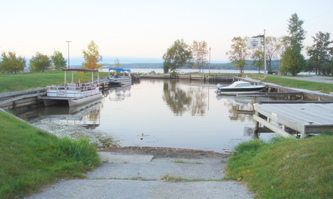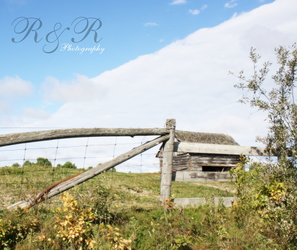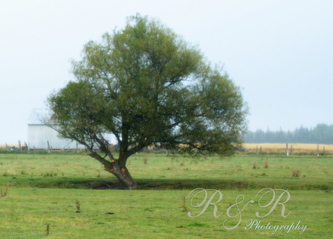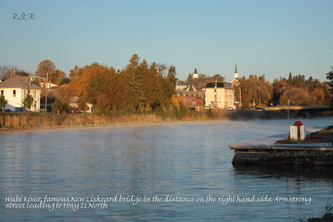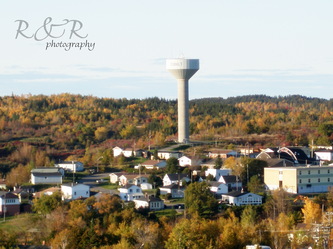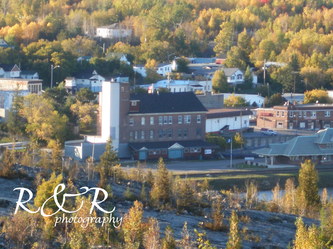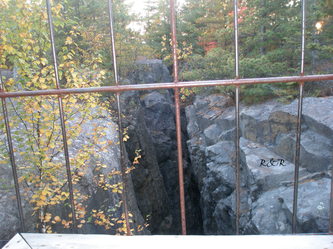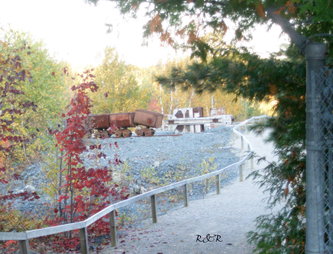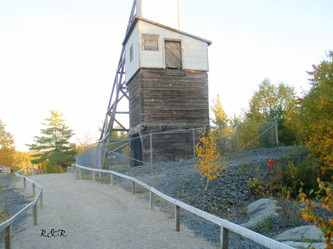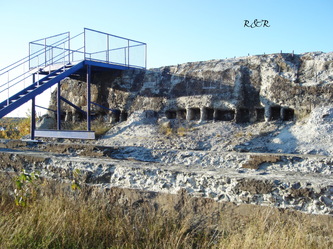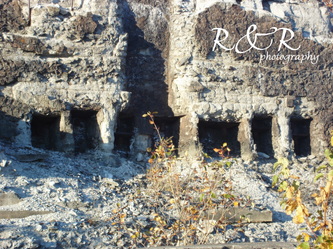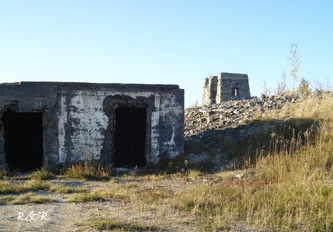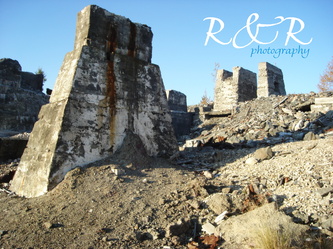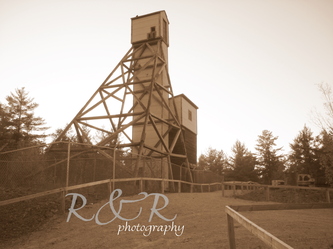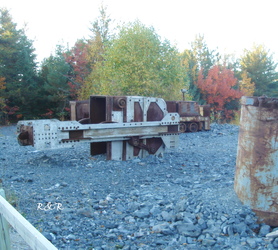R&R Photography Star Gazing
Stay tuned...there is much more to come. Work in progress!
New Liskeard
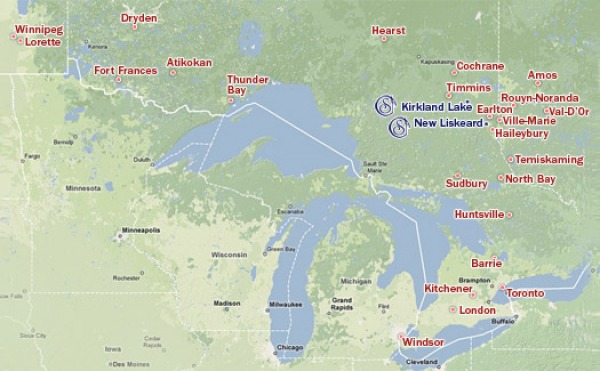
To get information on the area, one website you can visit is http://www.tritownchamber.ca
Image copied from http://www.stcyrandassociates.com/images/page/Map_smaller.jpg
Temiskaming Shores is located along the southern edge of the Clay Belt area, near the Quebec border on the shores of Lake Temiskaming's Wabi Bay. The separate township municipality of Harris separates the city from the Ontario-Quebec border. The nearest town on the Quebec side of the border is Notre-Dame-du-Nord.
The Ottawa River, which drains into and out of Lake Timiskaming, has been a well-traveled route from the earliest times, and served as the initial point of access to the Temiskaming area. Native peoples traveled this route since the earliest times. Fort Temiscamingue was established in 1695 by French explorers. In 1794 George Gladman of the Hudson's Bay Company established Abitibi House on Lake Abitibi, to the north. In 1886, Alexander H. Telfer led a survey trip up Lake Timiskaming and gave a report to the Temiskaming Settlers' Association. By this time, the Quebec side of Lake Timiskaming was also being settled, and steamboats, the primary mode of transportation in the area, were ferrying new settlers into the area.
Land in the area was not offered for sale until the 1890s, when Crown Lands Agent John Armstrong was dispatched to the area. The first settlers in the area arrived in Dymond in 1891, attracted by the offer of cheap land. They founded a prosperous agricultural center, taking advantage of the rich soil in the Little Claybelt region. New Liskeard was founded soon after settlers began to arrive in Dymond, and the two towns were soon incoroporated, in 1903 and 1901, respectively. John Armstrong served as New Liskeard's first Mayor. His descendents still live in the area today.
Image copied from http://www.stcyrandassociates.com/images/page/Map_smaller.jpg
Temiskaming Shores is located along the southern edge of the Clay Belt area, near the Quebec border on the shores of Lake Temiskaming's Wabi Bay. The separate township municipality of Harris separates the city from the Ontario-Quebec border. The nearest town on the Quebec side of the border is Notre-Dame-du-Nord.
The Ottawa River, which drains into and out of Lake Timiskaming, has been a well-traveled route from the earliest times, and served as the initial point of access to the Temiskaming area. Native peoples traveled this route since the earliest times. Fort Temiscamingue was established in 1695 by French explorers. In 1794 George Gladman of the Hudson's Bay Company established Abitibi House on Lake Abitibi, to the north. In 1886, Alexander H. Telfer led a survey trip up Lake Timiskaming and gave a report to the Temiskaming Settlers' Association. By this time, the Quebec side of Lake Timiskaming was also being settled, and steamboats, the primary mode of transportation in the area, were ferrying new settlers into the area.
Land in the area was not offered for sale until the 1890s, when Crown Lands Agent John Armstrong was dispatched to the area. The first settlers in the area arrived in Dymond in 1891, attracted by the offer of cheap land. They founded a prosperous agricultural center, taking advantage of the rich soil in the Little Claybelt region. New Liskeard was founded soon after settlers began to arrive in Dymond, and the two towns were soon incoroporated, in 1903 and 1901, respectively. John Armstrong served as New Liskeard's first Mayor. His descendents still live in the area today.
Haileybury
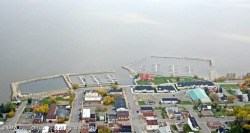
Haileybury was founded in 1889 by Charles Cobbold Farr, who named the newly-founded town after the Haileybury and imperial service college, his former school in England. Haileybury was formally incorporated as a town in 1904. Farr encouraged settlement in the area, penning his own promotional pamphlet, entitled "The Lake Temiskamingue District", in an effort to attract new settlers to the region. Marketed to settlers as prime agricultural land, Haileybury had only a handful of residents until the arrival of the Temiskaming and Northern Ontario Railway in the early 1900s, and the subsequent discovery of large silver deposits in neighboring Cobalt in 1903. During the Cobalt's Silver Rush, Haileybury became a 'bedroom community' that served the needs of the many miners and, most famously, many mine owners and managers. These mine managers and owners were responsible for the construction of the row of stately homes, nicknamed 'Millionaire's Row' that stretched along the waterfront on what is now Lakeshore Road, many of which still stand today. In 1909, the Haileybury hockey club played its first and only season in the NHA. The club was taken over and moved by Montreal's Club Antique-Canadien for the following season, and became the Montreal Canadians. By 1912, Haileybury had been named the judicial seat for the Temiskaming Region, a title it retains to this day. The town of Haileybury annexed the neighboring community of North Cobalt in 1971.
The region was affected by the Great Fire of 1922, considered one of the worst disasters ever to befall the area. Haileybury suffered the worst damage, and approximately ninety percent of the town was destroyed, leaving only Millionaire's Row and a few other neighborhoods intact. The mass destruction is partially attributable to strong wind on the day of the fire. Approximately 3500 people were left homeless by the fire. As well, the area was affected by the 1935 Temiskaming earthquake, which had its epicentre atLac Kipewa in Quebec, approximately halfway between the Haileybury/New Liskeard area and North Bay.
The region was affected by the Great Fire of 1922, considered one of the worst disasters ever to befall the area. Haileybury suffered the worst damage, and approximately ninety percent of the town was destroyed, leaving only Millionaire's Row and a few other neighborhoods intact. The mass destruction is partially attributable to strong wind on the day of the fire. Approximately 3500 people were left homeless by the fire. As well, the area was affected by the 1935 Temiskaming earthquake, which had its epicentre atLac Kipewa in Quebec, approximately halfway between the Haileybury/New Liskeard area and North Bay.
Always a work in progress....
Dymond

In more recent history, Dymond still functions largely as an agricultural center, while the commercial and industrial interests in the area have mostly shifted operations to the former town of New Liskeard. Haileybury maintains its status as a judicial seat, and is also home to the new City Hall. A strong link to agriculture means that Temiskaming Shores has largely avoided the boom-and-bust cycle typical of most mining- and forestry-dependent small towns, and has been able to maintain a stable population base with a healthy local economy. Temiskaming Shores has also become a popular retirement and recreational destination, with small retirement communities like the Bayport Village being developed in the former town of Haileybury.
Cobalt
Please note: this is not an official Star Touring and Riding website. This has been created independently to share photos.













